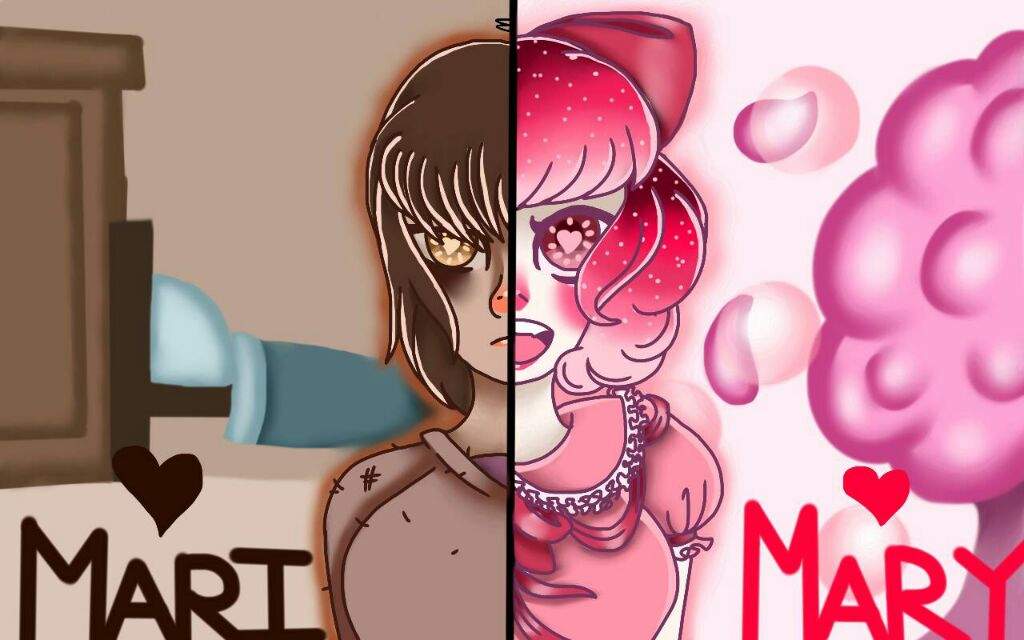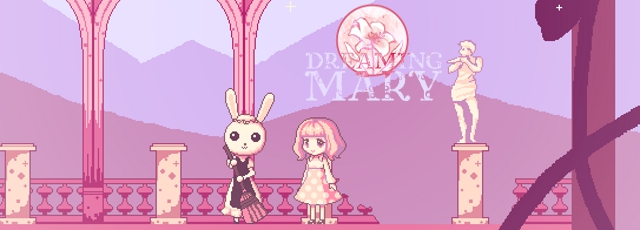Dreaming mary fanart i did a bit back. I loved the game so much, it was so eerie and creepy!! The only bad thing about it is that it had to end. #dreaming mary #game #rpgmaker #fan art #fanart #anime #drawing #digital art #rpg maker game #rpg maker #rpgmvxa #anime girl. Virgin Mary-to dream of the mother of Jesus may symbolize the Lord’s favor in someone’s life, Lk. To dream of the Virgin Mary blocking your view of Christ may symbolize a need to refocus your worship upon Jesus.
Saint Joseph's dreams are four dreams described in the Gospel of Matthew in the New Testament in which Joseph, the legal father of Jesus, is visited by an angel of the Lord and receives specific instructions and warnings of impending danger. All four dreams come from the period around the Nativity of Jesus and his early life, between the onset of Mary's pregnancy and the family's return from the Flight to Egypt. They are often distinguished by numbers as 'Joseph's first dream' and so on. Especially in art history, the first may be referred to as the Annunciation to Joseph.
Biblical accounts[edit]
The four dreams are as follows:[1]
Dreaming Mary Characters
- First dream: In Matthew 1:20–21, Joseph is told not to be afraid to take Mary as his wife, because she has conceived by the Holy Spirit. (See also the Annunciation in Luke 1:26–38, when an angel visits Mary and she agrees to conceive 'through the power of the Most High'.)
- Second dream: In Matthew 2:13, Joseph is warned to leave Bethlehem and flee to Egypt.
- Third dream: In Matthew 2:19–20, while in Egypt, Joseph is told that it is safe to go back to Israel.
- Fourth dream: In Matthew 2:22, because he had been warned in a dream, Joseph awakens to depart for the region of Galilee instead of going to Judea.
In art[edit]
The dreams have sometimes been depicted in art, though they have never been among the most common subjects from the Life of Jesus in art or the Life of the Virgin. It is often unclear which dream is intended. The second dream is probably most often depicted, and if there is no other indication it can be assumed that is the subject. If the Virgin Mary is present (but no infant Jesus), especially if visibly pregnant or shown spinning, this suggests the first dream, which tends to be shown in an indoor setting. An outside setting may suggest the second dream, as does the angel pointing outside the picture space, urging Joseph to leave. The tools of his carpentry workshop are often shown around him, probably indicating the second dream, although logically there seems to be no reason why these should not be present for the first and third dreams as well. The presence of the ox or ass from the Nativity scene suggests the second dream. In the absence of a place in a sequence, inscribed text, a title, or decor showing a setting in Egypt, the third and fourth dreams can generally be ruled out where there is uncertainty.[2]
Dreaming Mary Download


Toros Roslin, 1262
The first dream, as shown by the angel's banderole, fresco, 1360
Second dream, Rembrandt and workshop, 1645, with ox
Bernardo Cavallino, c. 1645. Given the size of Jesus, and the basic accommodation, this might be the 3rd dream.
Antonio Ciseri, 19th century, probably the 1st dream.
The 2nd dream, byDaniele Crespi, 1620–1630. Back in the Nazareth workshop, but Jesus in the room to the left seems still a baby.
Mengs 18th century
Gaetano Gandolfi, c. 1790
Depictions with articles[edit]
Dreaming Mary Download
- Joseph's Dream (Crespi), 1620s, 2nd dream
See also[edit]
| Wikimedia Commons has media related to Dream of Saint Joseph. |
Notes[edit]
- ^A Dictionary of Biblical Tradition in English literature by David L. Jeffrey 1993 ISBN0-8028-3634-8 pages 538-540
- ^Schiller, 57, 117, 124
Dreaming Mary

Dreaming Mary Controls
References[edit]
Dreaming Mary Controls

- James Hall, A History of Ideas and Images in Italian Art, 1983, John Murray, London, ISBN0-7195-3971-4
- Schiller, Gertud, Iconography of Christian Art, Vol. I, 1971 (English trans from German), Lund Humphries, London, ISBN0853312702